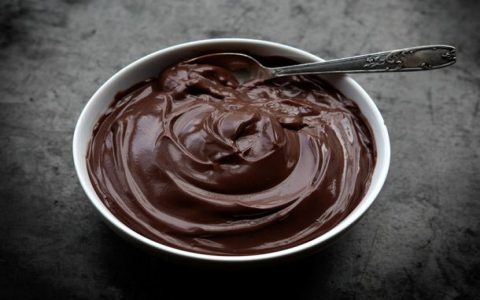Exploring the Sweet Debate: Instant Pudding vs. Cook and Serve
In the world of desserts, pudding often holds a cherished spot on the menu. Its smooth texture and rich flavors can turn an ordinary meal into a delightful experience. When it comes to making pudding, though, you have a choice: instant pudding or cook and serve pudding. While both options aim to deliver that creamy, delicious treat, they have distinct differences that may affect your final dish. If you’ve ever wondered whether you can substitute instant pudding for cook and serve, you’re not alone. Let’s dive into the nuances of these two pudding types and explore their interchangeability.
Understanding the Basics

Instant pudding and cook and serve pudding are both popular, but they are formulated differently. Instant pudding, as its name suggests, offers convenience and speed. It typically requires only the addition of cold milk and a few minutes of stirring to set, making it perfect for those short on time. In contrast, cook and serve pudding requires heating, stirring over a stove, and a bit of patience as it cools and thickens.
While both types aim to provide a luscious, creamy dessert, their ingredients and processes yield varied textures and flavors. Instant pudding typically contains more stabilizers and thickeners, lending it a consistently smooth texture without the stovetop fuss. Cook and serve, by being cooked, might develop a deeper flavor and a silkier texture, thanks to the slow heating process where flavors meld over time.
Can You Use Instant Pudding Instead of Cook and Serve?
When considering whether you can substitute instant pudding for cook and serve, think about the dish you are preparing. For recipes that require the pudding’s flavor to integrate thoroughly, such as layered desserts or baked goods, cook and serve pudding might offer a more suitable option. The heat allows for the flavors to develop more fully and blend with other ingredients, resulting in a more cohesive taste.
For desserts where pudding is a standalone filling or a topping that requires quick preparation, instant pudding may be the best choice. Its ease of use makes it convenient for whipping up a no-bake pie or a simple dessert cup. However, if you’re aiming for a more gourmet taste or texture, the cook and serve method may be preferable, even at the cost of extra time and effort.
Handling Recipe Adjustments
When substituting instant pudding for cook and serve, consider making slight adjustments to the recipe to account for differences in texture and cooking requirements. For recipes where the pudding must be heated or baked, such as certain pie fillings, it might be necessary to slightly modify the cooking time or temperature to achieve the desired result. Adding a bit of extra milk or adjusting the thickening agent can help mimic the consistency of cook and serve pudding.
It’s essential to taste-test throughout the process to ensure the final product meets your expectations. Experimentation can often lead to discovering new twists on classic recipes, but being mindful of the subtleties can help avoid culinary mishaps.

The Bottom Line
When choosing between instant pudding and cook and serve, let your recipe and personal preference guide you. Each has its strengths; instant pudding delivers speed and convenience, while cook and serve offers depth of flavor and texture. Whether you’re in the mood for quick preparation or are ready to indulge in a bit of stovetop magic, knowing the characteristics of each pudding type will help in achieving the perfect dessert experience. Remember, the joy of cooking and baking often lies in experimentation, which can lead to delicious discoveries and sweet success in the kitchen.













